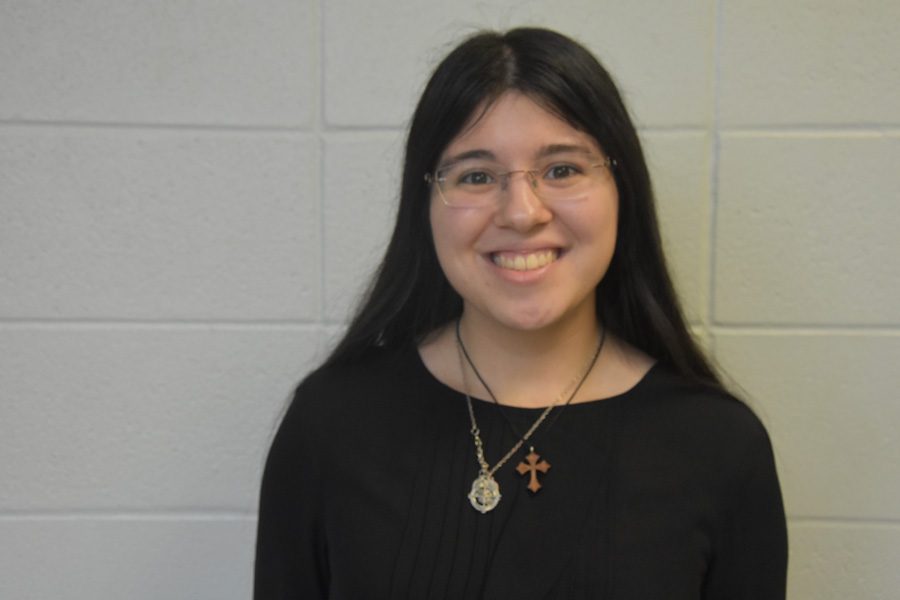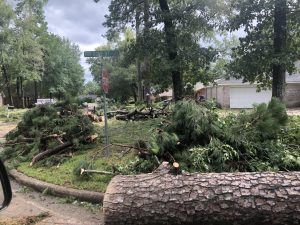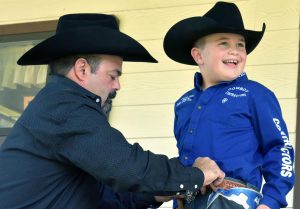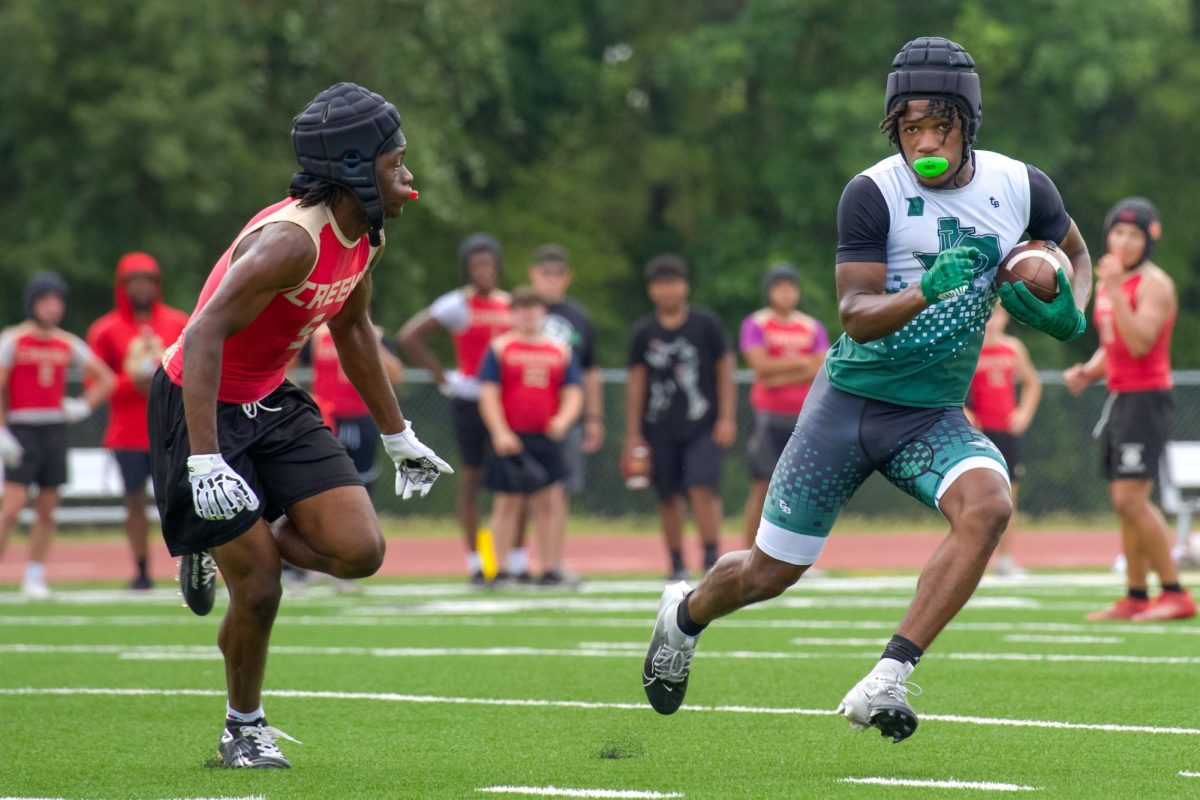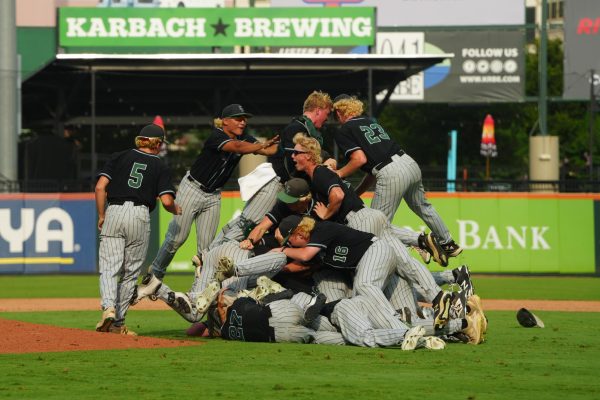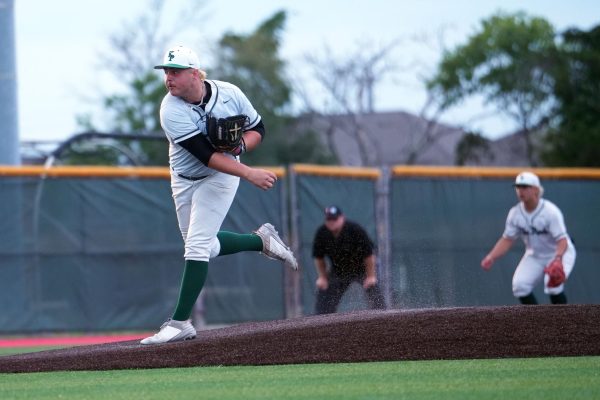Japanese Club brings together niche interests, hobbies
Senior Lyann Kramer, president of the Japanese Club.
December 13, 2016
Senior Lyann Kramer has a true passion for the Japanese language. She began to grasp it after listening and watching certain things in Japanese, then started to recognize certain words from their translations.
Four year later, Lyann is proudly teaching students at K-Park what she knows through the Japanese Club.
The Japanese Club, one of the newest clubs featured at K-Park, is sponsored by Jerry Pollard after school on Thursdays. Pollard teaches Principles of Law, Law Enforcement and Court Systems.
There are more than 40 clubs at K-Park, allowing the school’s 1,800 students to surround themselves with people who share the same passion.
Kramer decided to put the club together last year and teach the students about the new opportunities a languages can bring.
Kramer has been able to improve her teaching strategies by adding lesson plans, giving worksheets and teaching at a faster pace. Kramer has a passion for teaching beginners interested in the club with fun lessons and activities to make the learning interesting.
“They learned grammar, how to form basic sentences and even how to ask for numbers in Japanese,” says Kramer, who hopes the club will continue after she leaves.
Jayce Johnson, a senior at K-Park, decided to join the club due to his strong interest in robotics. Jayce is currently a part of the Humble District Robotics Club and has a desire to learn the Japanese language and culture to be able to travel there sometime in the near future.
Japan is one of the most advanced countries in the robotics field, according to Robotics and Automation News.
“Japanese in undeniably the world leader in robotics and that is a field of interest for me,” Johnson said.
Although the club is small, consisting of only nine students, its focus is to teach the country’s languages. In Japanese, there are three different types of languages called Hiragana, Katakana and Kanji.
“It’s about the language itself, that’s the first thing we went over,” Johnson said. “We’ve started to go over a few phrases like greetings, telling time and numbers.”


